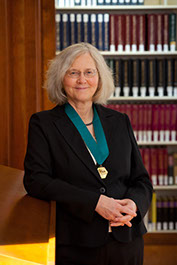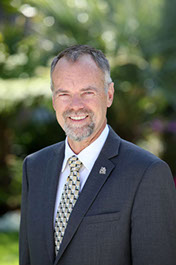Let’s start in 1961. The first step toward understanding the mechanism behind cell mortality occurred when a young scientist named Leonard Hayflick dared to challenge established scientific thinking. At the time it was believed that all human cell lines were immortal including germ cells, stem cells, and all the other somatic cells which make up the bulk of the approximately 100 trillion cells in an individual.
In those days many people thought that cells and people died due to the “slings and arrows” of human life. Smoking, drinking, infectious diseases, cancer, accidents, and all other physical ailments were recognized as the vehicles that caused decline and death. Some scientists felt that if these were somehow avoided humans could live forever. But all you have to do is look at an old person and you intuitively know that there is some sort of aging clock that is ticking toward our deaths and Hayflick was out to figure out what was really going on.
Hayflick started growing cells in his lab under controlled conditions where none of the “slings and arrows” were at play. In spite of these “perfect” conditions, he was unable to keep somatic cells alive past a certain number of divisions, typically around 50. It was felt that this number of divisions translated into a maximum human lifespan of about 120 years. As of this writing, the oldest man lived to 113 and the oldest woman to 122, lending credence to Hayflick’s observation that no matter what one does, even healthy cells that are growing under ideal conditions stop dividing and “senesce” and die soon thereafter.
Extrapolating the death of a cell into the demise of an organ system and into the demise of an individual human is not a great leap and now constitutes our understanding of at least one mechanism of how people age and die. For a while there was a debate whether the telomere is the arbiter of this death or merely a marker of the inevitable progression towards it. However it was proven some 35 years later by other scientists that shortening telomeres do in fact cause cell senescence and death.
Hayflick proved his theory with enough repetition that eventually the world of science had to listen and named the finite lifespan of cell division after him: the “Hayflick Limit.” If this limit cannot be overcome, we are all doomed to die from cellular senescence.
The next important milestone in our telomere history took place in 1978 when Elizabeth Blackburn and Jack Szostak discovered that telomeres functioned to protect the integrity of the chromosomes. This function was explained by the analogy of the plastic tips at the ends of shoelaces. If those tips become frayed, they can no longer protect the gene-carrying portion of the chromosomes.

Then in 1985, Carol Greider and Dr. Blackburn discovered the enzyme telomerase in tetrahymena which Dr. Blackburn referred to as “pond scum”. They knew that telomerase synthesized telomeres in this organism, but they didn’t know it was so intimately involved in human aging.
The discovery of how telomeres protect chromosome ends and the discovery of telomerase were of such historical importance that Blackburn, Greider, and Szostak were awarded the Nobel Prize in Medicine in October 2009.
Meanwhile, Calvin Harley and his collaborators had been investigating the role of telomeres in aging. In 1990 they showed that telomere shortening was directly linked to cell aging. The science had come full circle; Harley’s team had proven that shortening telomeres resulted in cell death. Twenty nine years after Hayflick first noticed that cells could only divide a certain number of times, Harley’s interest in aging had finally solved the “Hayflick Limit”. Maybe he also should have gotten the Nobel Prize.
Two more milestone events occurred in 1994 and 1997. Bill Andrews and his team (who were then working at the Geron Corporation under Calvin Harley) cloned the first telomerase gene in 1994. Then Andrews, in collaboration with Nobel laureate Tom Cech, cloned the second critical gene in 1997. This second achievement enabled Geron to add telomerase to normal cells so that they could keep dividing beyond the Hayflick Limit. Science fiction had become scientific reality: normal human somatic cells had been made immortal! (The definition of an immortal cell is one that will not die from old age- of course any cell will die if you poison it or hit it with a hammer.) And it was the enzyme telomerase that made the cells immortal.
The specific gene that “codes” for telomerase was discovered by Dr. Bill Andrews and his team at GERON in 1994.

